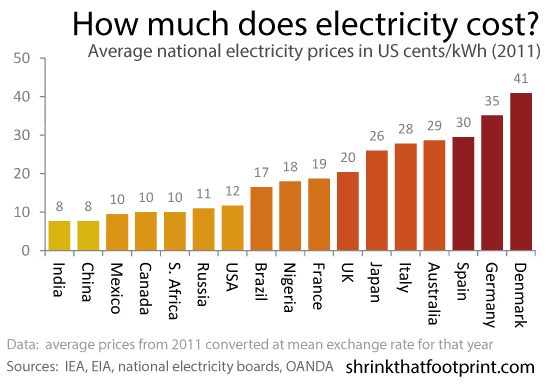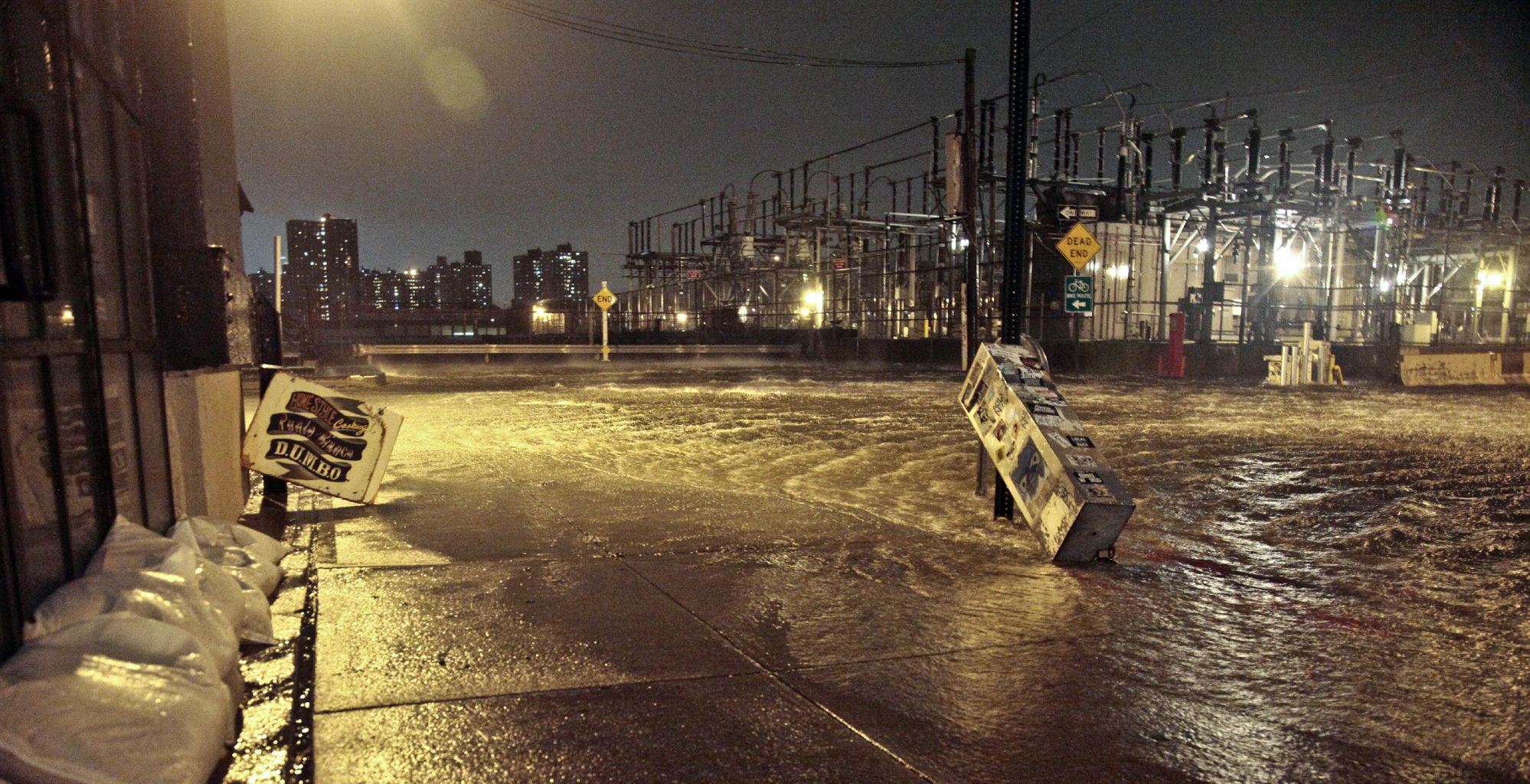A transformer went down in the Annex Friday afternoon, plunging more households into darkness, while thousands of others suffer without power or heat for the seventh day.
As tens of thousands of people wake up to their seventh day without power, the city is bracing for more weather-related outages — and some people who’ve been reconnected could be cut off once again.
Warmer temperatures and stronger winds could lead to new blackouts before the last of those who lost their power during last week’s ice storm get hooked back into the grid, Deputy Mayor Norm Kelly said Friday.
Kelly, who apologized for his overnight trip to Florida to visit family on Christmas while many Torontonians were still in the cold and dark, said progress is being made reconnecting households. Only 32,000 remain in the dark, but that number will likely “vacillate” in the days to come, he warned.
A hydro vault exploded near St. Clair Ave. W. and Bathurst St. Friday afternoon, causing a blackout that affected hundreds of houses in the Annex and shutting down the subway between Union Station and St. Clair West Station for several hours.
Toronto Hydro is also disconnecting power lines leading to individual houses if they are deemed unsafe, adding to homeowners’ frustration.
City officials would not give a target date for having power back to every household in the city, leaving some of the tens of thousands of people who already spent a cold and dark Christmas worrying they’ll face a new year without electricity or heat.
Mayor Rob Ford, whose own Etobicoke home was without power for two days, pledged to work around the clock until everyone has their lights back on but warned that it would still be several days before everyone would be reconnected.
“My job is to get the power back on for every resident and I’ll be holding press conferences every day until every single light is on in the city,” said Ford.
Ford pointed to good progress since the ice storm hit: 90 intersections remain without working traffic lights as of Friday morning and all fire stations had their electricity back. Four hundred and fifty people slept at city warming centres on the 26th, down from more than 1,000 a few days before.
Seventy-six public housing townhouses remain without power and all the apartment buildings are back online, Ford said.
But the push to re-energize households across the city is slowing, even as six crews from Ottawa and two from London are scheduled to join the 200 trucks currently working around the city on Saturday.
The main lines have been repaired and now the bucket trucks are making the rounds of dark houses to reconnect them one by one.
“In the early days, once we got mobilized, we were doing 50,000 a day and it looks as if, going forward, we may be pressed to do 10,000 a day,” Kelly said.
Premier Kathleen Wynne said the province is looking at the possibility of compensation for some financial losses residents may have incurred during the ice storm aftermath.
“We are looking into where there might the possibility to get some compensation . . . but, obviously, there are insurance claims that will be made after this whole thing is done,” Wynne told reporters Friday.
Wynne went on the defensive against criticism that the government hasn’t done enough to reassure Ontarians in the wake of the ice storm that cut a swath through southern Ontario.
In what has became a daily briefing since the storm struck almost more than a week ago, Wynne said members of her minority Liberal government have been “on the ground” making sure that everything possible was being done to restore power.
Toronto Hydro CEO Anthony Haines attempted to put to rest the lingering speculation that declaring a state of emergency would have improved relief efforts.
“The power could not have come on any faster as a result of a city-wide state of emergency,” Haines said, explaining that Toronto Hydro was at its own highest state of emergency as the storm hit on Saturday night.
Crews were mobilized and other utilities contacted for help before the storm, which Haines said caused the largest power outage in the city’s history, was even over.
Four days later, Kelly said he flew to Florida on Christmas Day to visit family and came back on Boxing Day. Despite being in constant touch with senior staff and the premier during his trip, he realized he was needed in Toronto.
“I tried to balance a very personal commitment to my extended family at Christmastime with my obligations with the residents of Toronto, but I found that there are times when that balance is impossible,” Kelly said. “So to those residents who have been affronted by my behaviour, I want to convey to them a very sincere apology. I’ve learned the lesson and I won’t forget.”
Even as power was being restored Friday, the mayor warned that all child-care centres in Toronto public schools are closed until they can receive safety inspections.
TDSB spokesperson Shari Schwartz-Maltz said 35 schools remain without power and 12 of those house daycares, but all 600 schools will have to be inspected once the power comes on.
“The sites that have power and pass safety inspections with no problems this weekend will open on Monday,” she said.
For two days, police have been canvassing apartment buildings in Scarborough to identify vulnerable residents. They checked eight towers in the Kingston Rd. and Lawrence Ave. E. area on Friday but did not find anyone who needed to be moved to a warming centre or hospital, said spokesperson Victor Kwong.
Cleanup crews began scouring the city Friday, clearing fallen branches from the major roadways and turning their attention to residential streets and sidewalks as things progress. City staff estimate that 20 per cent of the tree canopy has been lost since the storm.
While warmer temperatures will bring relief to those still without power, city parks director Richard Ubbens warned people to keep their kids out from under trees, where there’s still a risk of falling ice and wood









